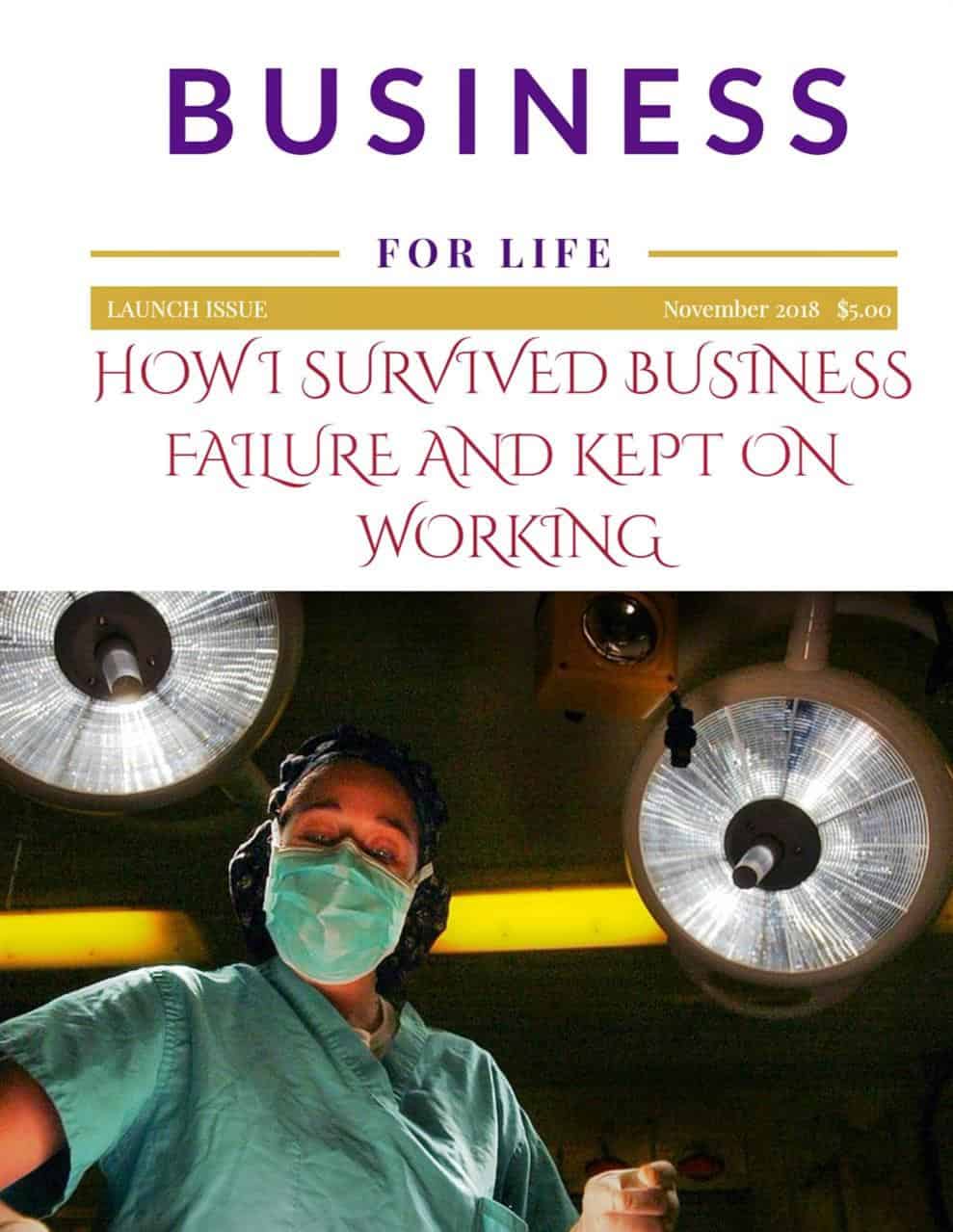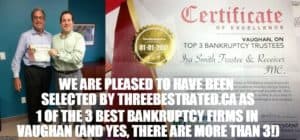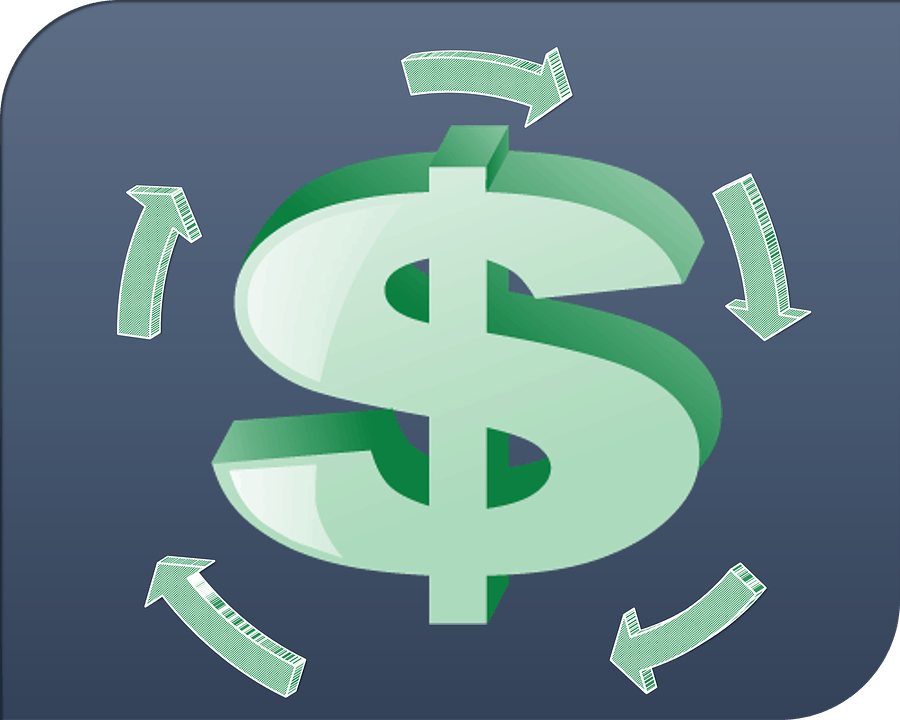If you prefer to listen to the audio version of this small business in Ontario Brandon’s blog, please scroll down to the bottom and click on the podcast
Starting a home-based business in Ontario
Are you fantasizing about beginning your very own small business in Ontario? Do you have a great passion and you feel it in your bones it could be profitable and provide a comfortable side or main income for you? Well, you’re not the only one. Lots of Canadians like you have their very own commercial desires. Many boomers could not afford to retire, so they have become seniorpreneurs.
Let’s say you have a dream to start your own biz doing what you love. In the beginning, you probably want to keep it simple. No employees, no fancy office, just you meeting with clients at your kitchen table. Sounds pretty simple but what do you need to go from a drawing to a solid business plan to a real endeavour?
A good plan is critical a realistic look at your market your potential customers and your goals current and future. It should map out what success means for your trading. From there, details of the next steps are different in each province or territory so you need to find out how it works where you want to operate your company. This Brandon’s Blog will deal with a livelihood in the province of Ontario.
How do I start a small business in Ontario?
A typical new commercial venture starts with the following four steps. The most basic first step is to choose a legal ownership structure. For example, you may have trouble choosing. Will it be a sole proprietorship, which is really just yourself trading, or will you choose incorporation, setting up a separate legal entity? This decision is very important. Each has its own advantages, disadvantages and differences in financial reporting and taxation.
Step 2 is to decide on a name. What are you going to call your new venture? You could choose to work under your own full name, especially if you’re a sole proprietor. Something like your name, operating as the style name you want for your business. Or, you could choose to incorporate and choose a company name.
Do I need to register my business Ontario?
Step three is registering your business. If you are operating as a sole proprietor, you would register provincially. If you are incorporating a company, you could register either provincially or federally. It really depends on the type of business you are operating and whether you will be operating in more than one province. You will also need to register with the Canada Revenue Agency. These registrations are about getting a business number to communicate with the government and about setting up for your various tax reporting and remittance obligations.
Step 4 involves getting whatever civic, provincial or federal business licenses you will need for your business to operate in a specific province, territory or city.
So four basic steps will get your business started. Decide on your legal structure and business name then look into business licensing and registration. And there you have it. You are now on your way.
How much does it cost to register a business in Ontario?
Before you sign up a new business name, or when altering the name/legal form of the business, you should browse the provincial database of existing registrations. The reason for doing this is to see if the name of your business is already taken and being utilized by another business. Once you are sure the name you want is available, you go ahead and register it.
The costs to search and then register a business name is:
- Search – $ 8-$ 26 depending on the sorts of records you intend to search
- Registration – $ 60
- Renewing a registration – $ 60
If you plan to incorporate, you need the services of a lawyer or paralegal. They will do the incorporation and registration for you. You need to check with a professional to understand the costs involved in setting up a corporation.
How many small businesses are there in Ontario?
The last time Statistics Canada collected this information was for 2017. As of December 2017, there were 1.18 million businesses in Canada are categorized as follows:
- 1.15 million (97.9 percent) was a small business;
- 21,926 (1.9 percent) were medium-sized organizations; and
- 2,939 (0.2 percent) were classified as big businesses.
Over half of Canada’s small businesses are focused in Ontario and Quebec (417,742 and 236,705 respectively). Western Canada has a large number of small businesses led by British Columbia, which had 179,517 as of December 2017. In the Atlantic region, Nova Scotia has the greatest variety of small biz at 28,874.
The province with the best variety of businesses per thousand individuals over 18 years old is Prince Edward Island (49.4), then Alberta (48.8). On the other hand, Quebec has the tiniest variety of services per thousand people over 18 years old (35.3), followed by Ontario (37.2) as well as Nova Scotia (37.3).
So you can see by these numbers the importance of small businesses in employing people and contributing to the Canadian economy.
How to start a business in Ontario with no money
You cannot start a business in Ontario or anywhere else with no money. Depending on the type of business you are starting, you may not need a lot of money, but you cannot start one with nothing. Basic expenditures like a website and business cards require money. Your marketing and advertising to get your business off the ground will require money.
Banks will not lend money to a startup. They also will not lend any money to a business where the owner has not made an investment into his or her own business. The reason is that the bank wants to see dedication. They want to know that when things get tough, and they will, that the owner has a reason to stick around. Having your own money in the business that you don’t want to lose is a great incentive to stick it out.
So in the beginning, you will need some money to get started. There are some ways that you can fund your new business. They include:
- Don’t start your business until you have built up enough savings for expenditures to sustain the business for say, 6 to 9 months
- Figure out what you can do and obtain for free
- Ask your family and friends for funds
- Apply for a small business loan after you have invested your own money in your business for when you need added cash
- Look to small company government grants as well as local funding possibilities
- Find out about– and charm– potential angel investors just like they do on television
You will be amazed at your own creativity when you need to use it to find extra cash. In the beginning, you will definitely be paying yourself last.
Small business debt
Every business needs money to sustain its growth. At first, money will be invested as equity, and perhaps debt, by the owners. In order to take on bank debt, the bank will require the owners to subordinate their claim to that of the bank. As the business expenses increase because sales are increasing and the business is growing, more money will be needed.
The business plan, including a detailed cash flow statement that is regularly updated, amended and followed, is crucial. The government encourages businesses that are growing to do so by way of debt. The income tax laws allow for the interest paid on debt to be deducted for tax purposes. The cost of debt is always cheaper than the cost of equity.
This is a good reason to take on debt. What the business owner has to be careful of is that the business is not taking on too much debt. What is not good is taking on more debt to make up for a history of losses and not fixing what is wrong with the business. Eventually, there will be no place to borrow from if the reason for the losses is not fixed.
A history of losses is one of the most common things I see with businesses in trouble that come to me for advice. Losses that have not been fixed, or at least stopped, is a danger signal of poor management. When your lenders determine management is poor, it is like a shark with blood. The lender will call in its loan. Your trade creditors will stop extending credit. This will lead to the demise of the business.
Summary
Is your small business in Ontario in need of financial restructuring? The financial restructuring process is complex. The Ira Smith Team understands how to do a complex corporate restructuring. However, more importantly, we understand the needs of the entrepreneur. You are worried because your company is facing significant financial challenges. Your business provides income not only for your family. Many other families rely on you and your company for their well-being.
The stress placed upon you due to your company’s financial challenges is enormous. We understand your pain points. We look at your entire situation and devise a strategy that is as unique as you and your company’s problems; financial and emotional. The way we dealt with this problem and devised a corporate restructuring plan, we know that we can help you and your company too.
We know that companies facing financial problems need a realistic lifeline. There is no “one solution fits all” approach with the Ira Smith Team. That is why we can develop a company restructuring process as unique as the financial problems and pain it is facing. If any of this sounds familiar to you and you are serious in finding a solution, contact the Ira Smith Trustee & Receiver Inc. team today.
Call us now for a free consultation. We will get your company back on the road to healthy stress-free operations and recover from the pain points in your life, Starting Over, Starting Now.









